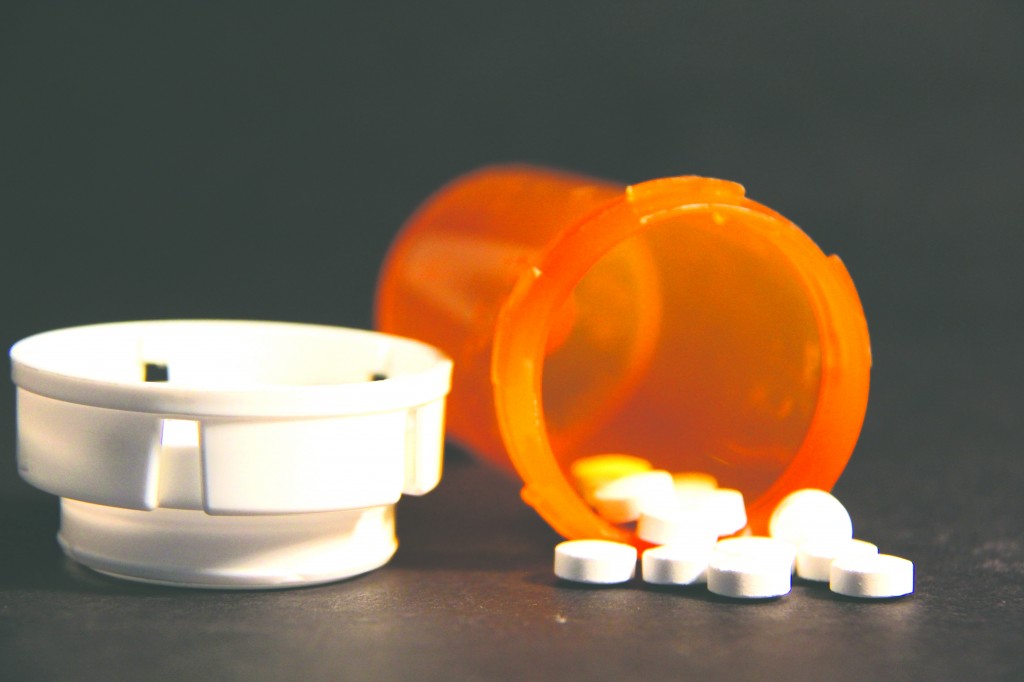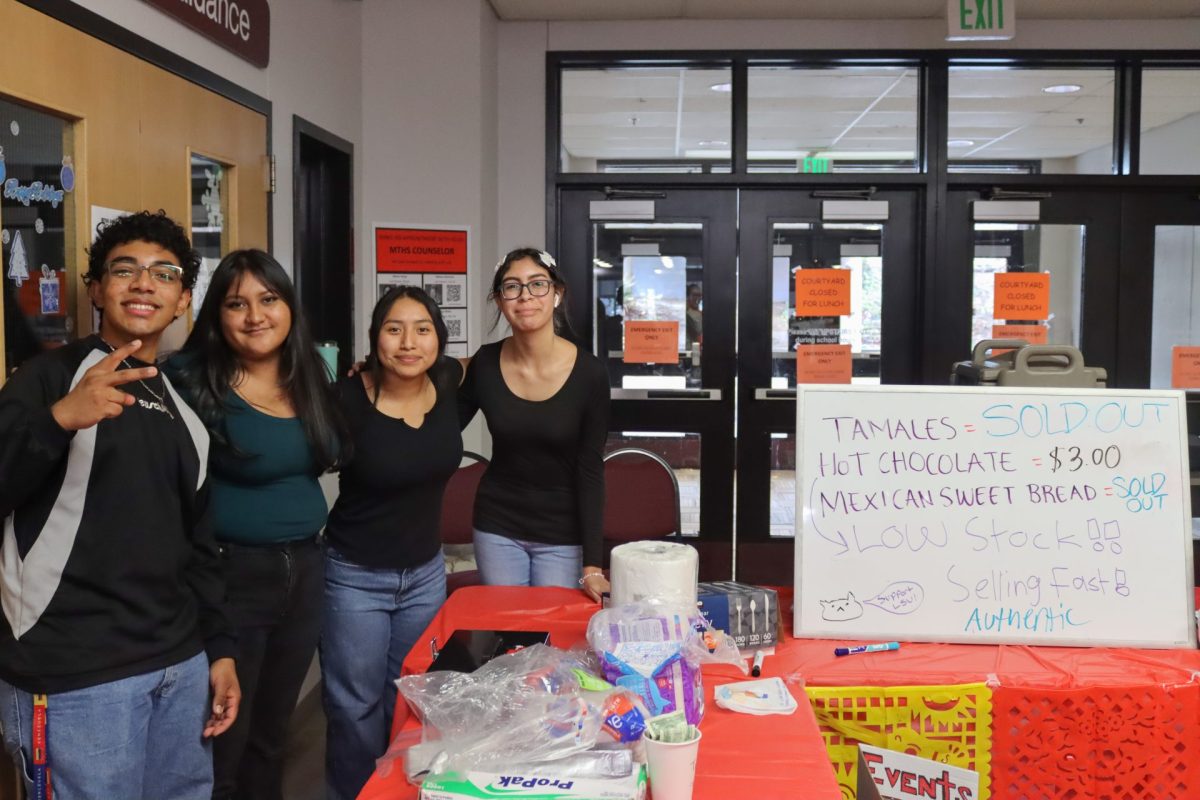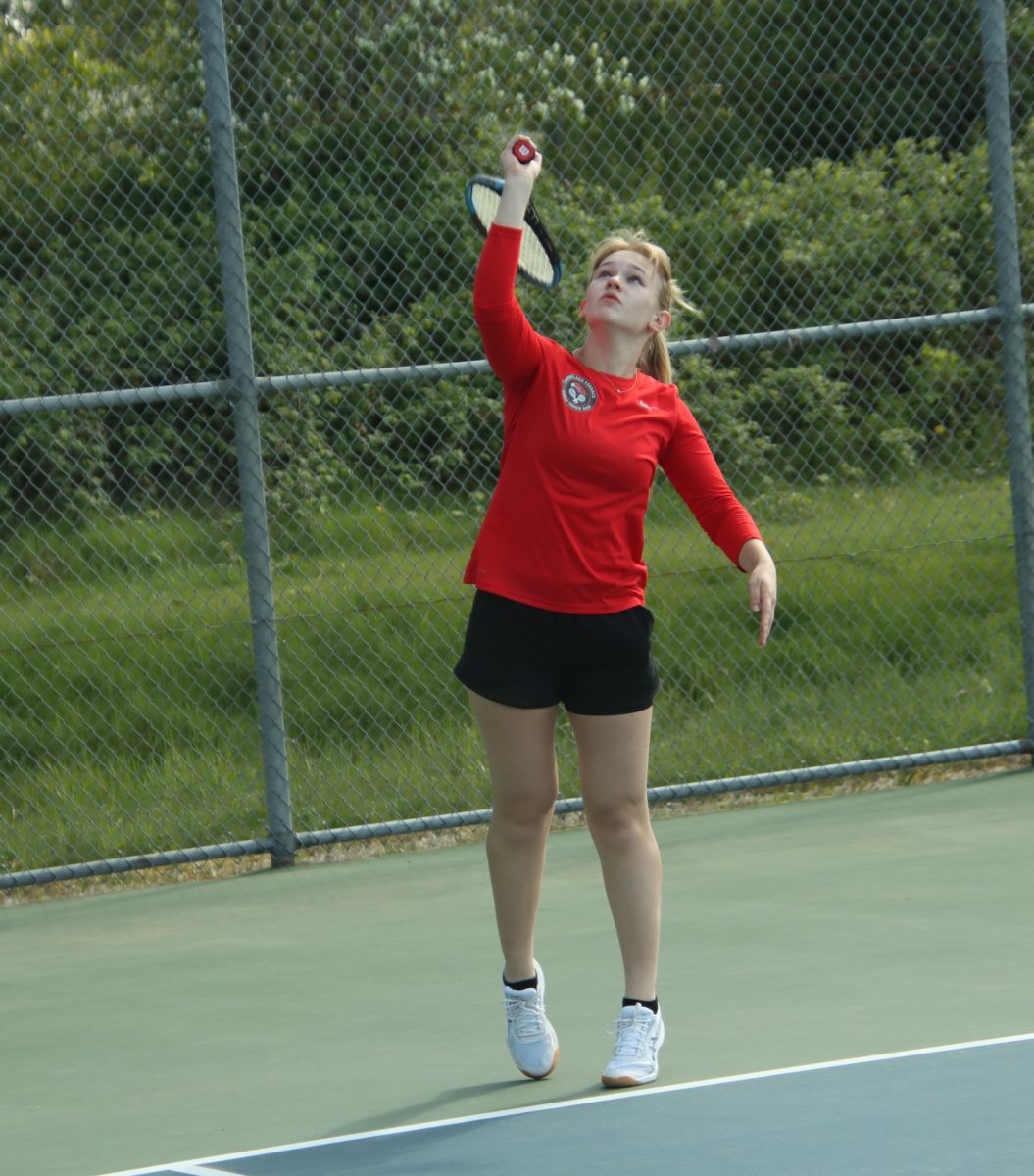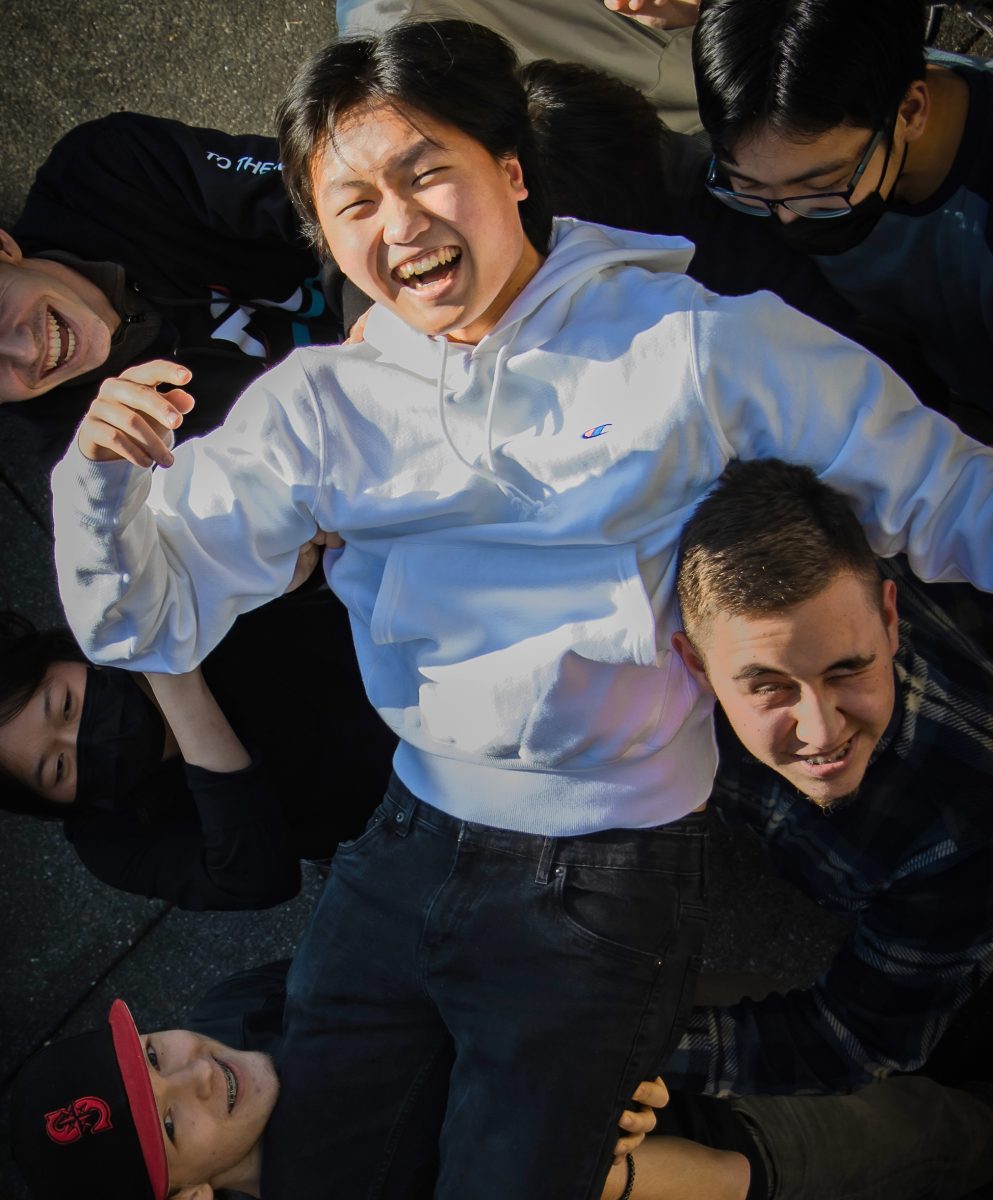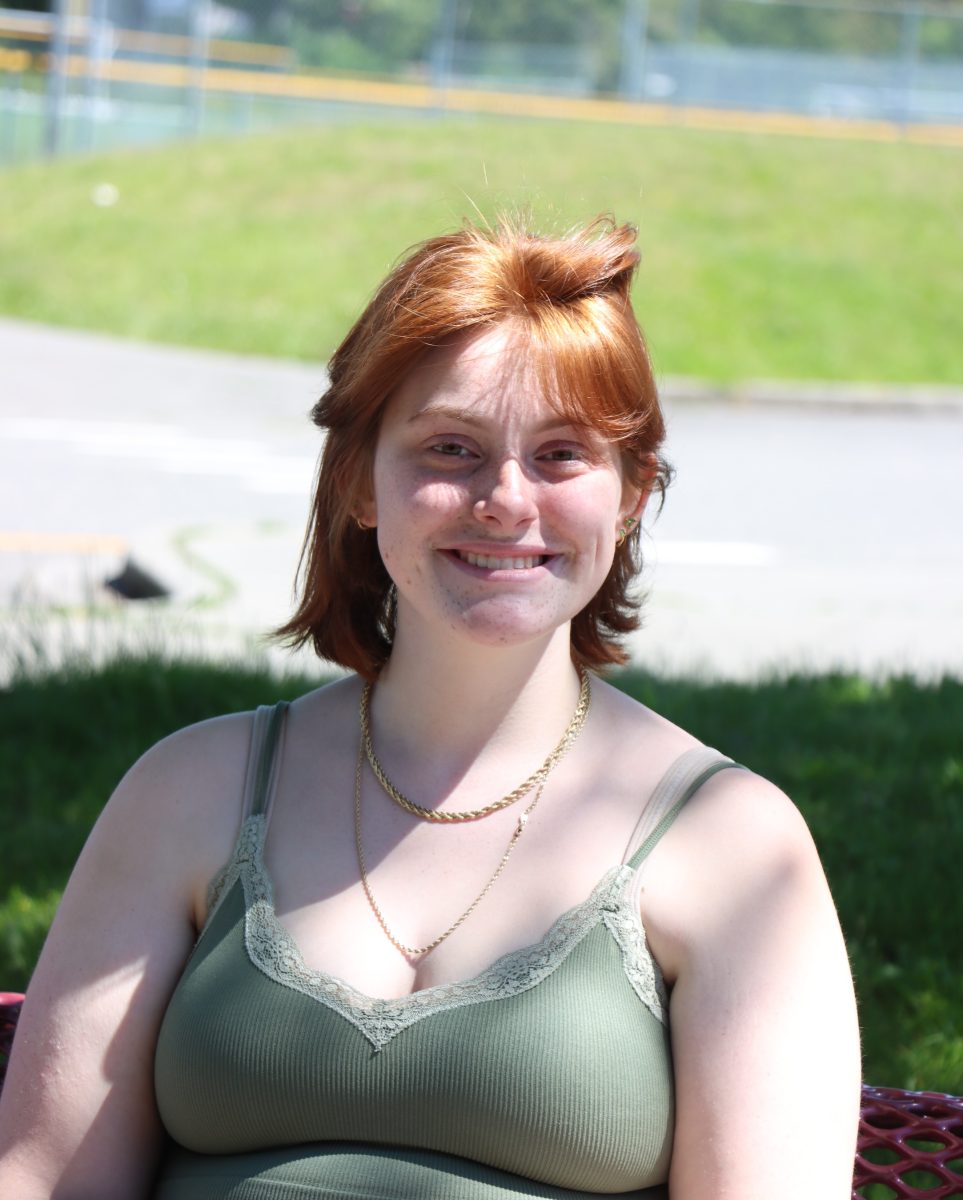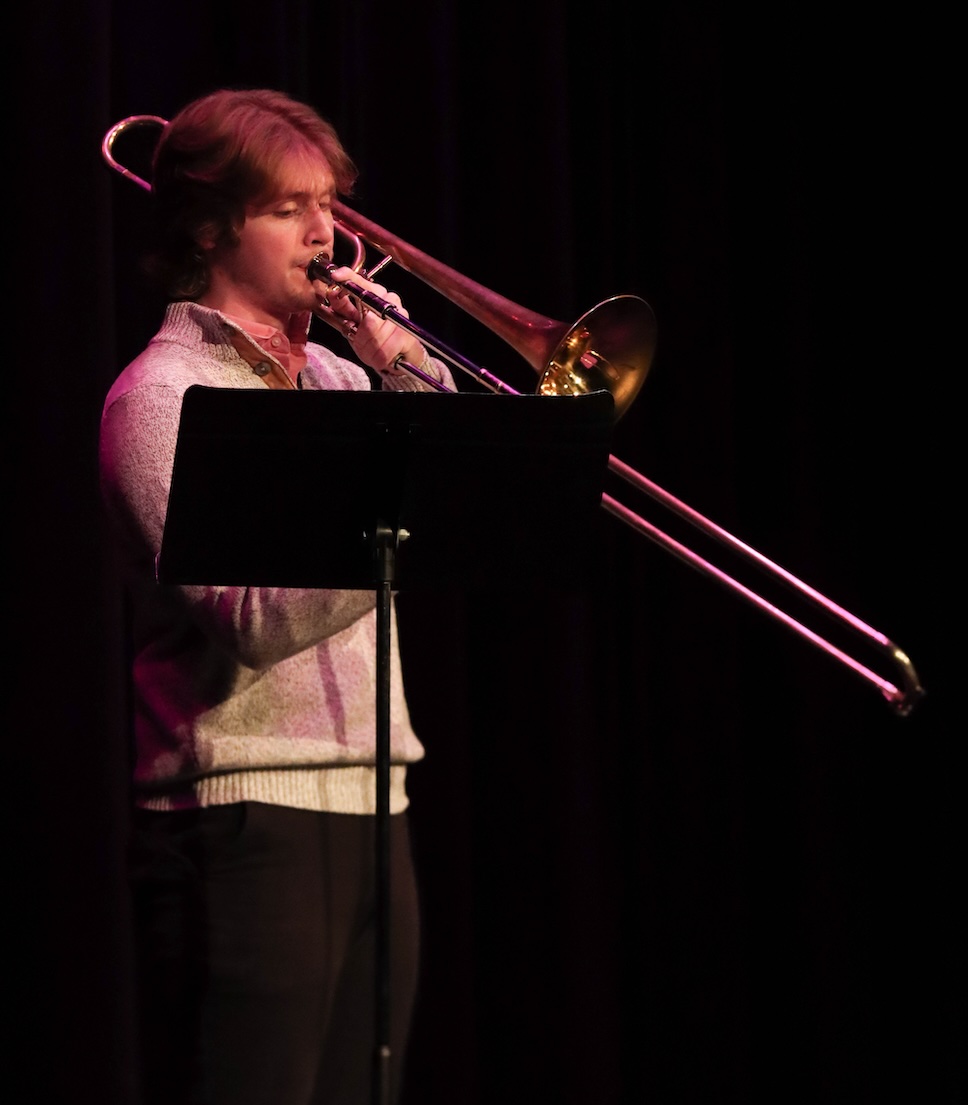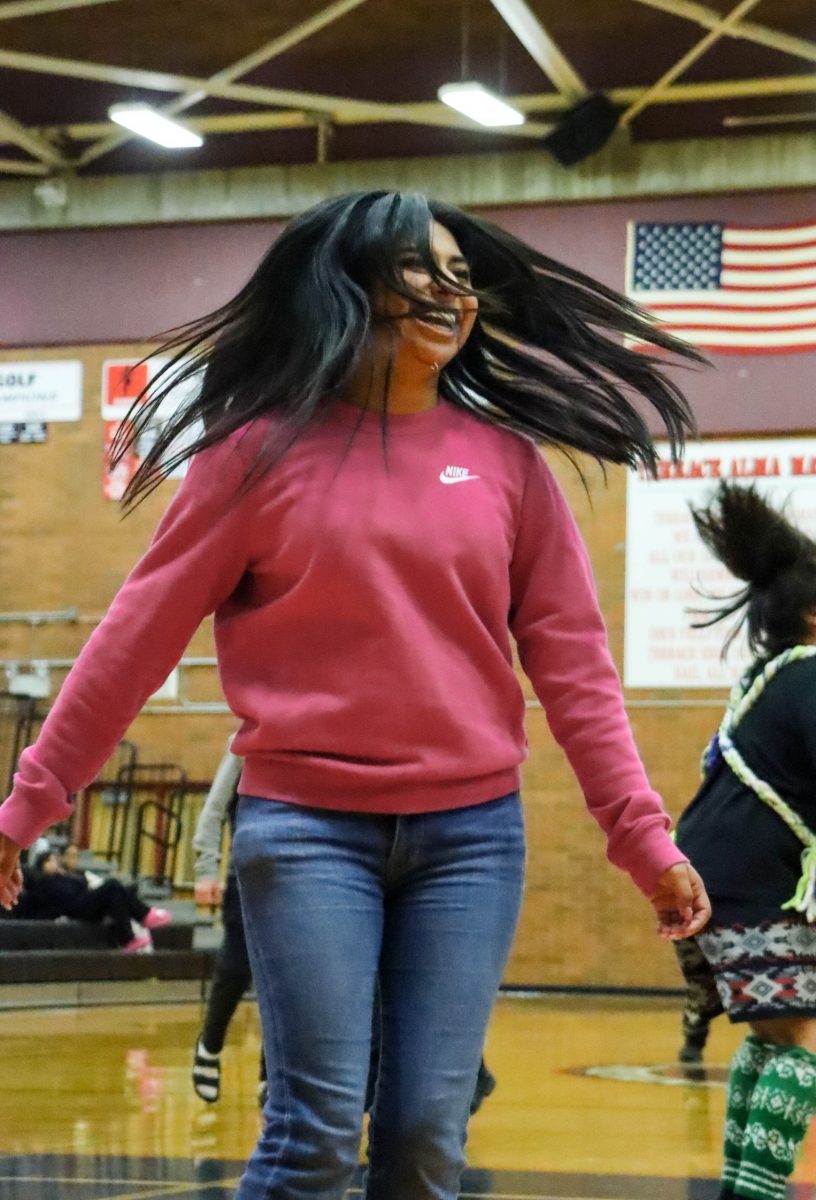Young people among top Rx drug abusers
Prescription drug abuse-related deaths have made national headlines in recent years – particularly in deaths involving celebrities, such as Heath Ledger, who died in 2008 from a drug overdose.
But celebrities are not the only ones to abuse prescription drugs and pay the ultimate price. In fact, young people abuse prescription drugs far more than any other age demographic, according to the National Institute on Drug Abuse (NIDA).
And it isn’t only the abusers who are impacted by this trend.
The death of 2011 MTHS graduate Forest Jackson on March 29 shocked the community. Police said Jackson was fatally stabbed after trying to stop his friend, suspect and former MTHS student Toby Sauceda, from taking Xanax, an anti-anxiety prescription medication. Sauceda has pending murder and voyeurism charges.
Abuse on the Rise
“There’s been a definitive rise in the abuse of prescription drugs, especially in teenagers,” Mountlake Terrace Police Department (MTPD) Detective Mike Haynes said.
In 2010, 3,000 young Americans died from prescription drug overdoses. The NIDA reports this is a 250 percent increase from just a decade ago. The NIDA also reports that 5.1 million Americans abused painkillers in 2010. Tranquilizers and stimulants are also abused frequently, according to NIDA reports.
Teens are most likely to abuse painkillers, such as OxyContin and Vicodin, according to Hari Sajja, a pharmacist at Family Pharmacy in Edmonds.
Sajja said as tougher controls are placed on the drugs most commonly abused, teens are turning to different prescription drugs to use.
“They keep finding new things in the recent times, because [painkillers such as Vicodin and OxyContin] are controlled very tightly and now they are trying to come to non-controlled medications, such as Gabapentin and Tramadol, so that is also an issue,” Sajja said.
Denver Hanson, an adolescent case manager at Lakeside Milam Recovery Center in Edmonds, said teens are also abusing Adderall and other drugs that they may have been prescribed by exceeding the prescribed amount.
Although prescription drug overdose-related deaths have increased in the past decade, Sajja said some federal programs are lowering the rate of abuse.
Sajja highlighted the Prescription Drug Monitoring Program, or PMP, a national database through which doctors and pharmacists can monitor and track every time a person purchases prescription medication.
Not every state has adopted the program, but Sajja said states that participate, such as Washington, are seeing significant improvement.
“Right now with the PMP, it’s actually [getting better]. With that in place, it’s getting difficult to obtain the medications. At least that is solving a lot of problems, so only the genuine patients can get the prescriptions,” Sajja said.
The ability to access that kind of information is allowing pharmacists and doctors to see patients’ habits.
Sajja said it has enabled them to see if people are “doctor shopping,” the practice of traveling from doctor to doctor or pharmacy to pharmacy to improperly seek additional medications.
With the PMP in place, Sajja said pharmacists and doctors are now able to easily see red flags of prescription drug abuse. Frequent abusers often have multiple doctors, multiple pharmacies and attempt to refill their medications earlier than what their doctors have instructed.
Sajja said his pharmacy actually turns away customers who frequent multiple doctors and multiple pharmacies. He said turning away “doctor shoppers” is a growing practice among pharmacies, depending on the company.
For school counselors, like student advocate Ashley Johnson, the prescription drug abuse problem can be hidden and hard to detect.
“We don’t hear about [prescription drug abuse] as much as we hear about marijuana and alcohol and tobacco, but it definitely is an issue for sure, a growing issue,” Johnson said. “I would say it’s most likely there are people using that we don’t know about yet.”
Easy access and the ‘cool’ factor
More than any other demographic, young adults abuse drugs most frequently, according to the NIDA.
The NIDA reports that 7 percent of 12-17-year-olds will use prescription drugs non-medically and 13 percent of 25-28-year-olds will use them non-medically, compared to just 4 percent of persons 26 and older.
Counselors and pharmacists say the reasons why teens abuse so frequently are varied. However, the most common reason is clear: easy access.
Parents and grandparents are often prescribed strong pain medication after having surgery or other legitimate medical needs. Hanson said once parents and grandparents have stopped using their painkillers, they often forget about them and leave them in their medicine cabinets, adding that kids taking prescription drugs can often go undetected.
Sajja attributed the experimental nature of young people and their easy access to powerful drugs as factors that lead young people to abuse the most frequently.
“They are in the age range where they want to try things. The second thing is the parents or the grandparents may have pain medications and kids may have access, easy access probably, to them,” he said.
Hanson also attributed the abuse of prescription drugs to its glamorization in pop-culture.
“For a while Eminem would rap about taking Vicodin and drinking beer and it became a social norm, an okay thing to be doing,” he said.
Eminem’s “Underground” mentions his use of Vicodin, OxyContin and Xanax, along with alcohol.
Hanson said teens often simultaneously use prescription drugs and alcohol to get an increased effect.
“A lot of times opiates and pills are taken with alcohol, which amplifies the effects of the opiates, especially prescription medication,” Hanson said.
Abuse of prescription drugs has also been attributed to the culture of peer pressure that exists predominately among young adults and teens.
“I worry about this peer culture that it’s tattling or snitching on someone when someone could be really hurt and going on that path of addiction can be really dark and really fast,” MTHS psychologist Julie Schwab said. “I think it’s a hidden problem in our community that I think there’s often a silence among peers instead of seeking support or reaching out to say, ‘I’m worried about my friend.’ I think it’s been there and it continues to be there. It’s difficult to track because of the peer culture.”
Hanson said students may be reluctant to speak up out of fear of being labeled a “snitch.”
“I think that the word snitch needs to be taken out of the vocabulary,” he said. “I’m a firm believer in there’s no such thing as a ‘snitch’ A lot of times young adults, and especially kids that I work with tell me, ‘I can’t be a snitch’ or ‘I’m not going to be a snitch’ and again that is something that they hear about. It’s a learned behavior.”
Serious side effects
Due to the medical nature of prescription drugs, some teens feel as if prescription drugs are safe.
Schwab said teens often have misconceptions about the safety of prescription drugs.
“Often I hear from students that they feel prescription drugs are safer because they come from a pharmacy and therefore, it’s not on some street corner, it’s in their house,” she said
NIDA reported that 35 percent of teens who used prescription drugs said they did so because they felt prescription drugs are safer than illegal drugs, such as heroin or methamphetamines.
However, Sajja said that when abused, prescription drugs can be extremely dangerous to a person’s health.
Sajja said Vicodin is a revealing example of the health risks of prescription drug abuse. Sajja said the federal government mandated Vicodin to be a mixture of hydrocodone and Tylenol to reduce abuse of the drug.
However, Sajja said many have abused Vicodin, taking in excessive amounts of Tylenol. When Tylenol is consumed in excess, it can result in severe liver damage.
“They want to get the hydrocodone but they end up getting more and more Tylenol and thus liver damage and then they end up in the emergency room. That is the problem actually,” Sajja said.
He said prescription drugs can also cause other serious medical problems, such as respiratory failure.
Taken in appropriate amounts for legitimate purposes, Sajja said prescription drugs are essential.
“You cannot prevent the use of these drugs, because they save lives,” he said. “If someone has surgery, they need the pain relievers. They are lifesavers.
But when used non-medically, Sajja said the drugs may have serious effects that can result in serious medical complications.
The NIDA reports that abuse of prescription drugs can result in seizures, comas, respiratory failure or even death.
Others worry about addiction early in life leading to a lifetime of addiction.
“There’s not an understanding of the path toward addiction,” Schwab said, pointing out that occasional use can turn into severe chemical dependence.
Like marijuana, prescription drugs have been called “gateway drugs,” or introductory drugs that may lead to abuse of even harsher narcotics.
Det. Haynes said in his experience, teens who used prescription drugs in their high school years often turned to harder narcotics, particularly heroin, leading to more crime later in life.
“The truth is that people get addicted and then they have difficulty paying [for drugs] so they spend a lot of time trying to find ways to support their habit, and ultimately they resort to committing crimes, whether that’s robbery or burglary or what have you. I would say that in my opinion crime occurs because of the drugs,” Haynes said.
Limiting abuse
With the dangers and risks of prescription drug abuse incredibly high, experts agree parents must implement safeguards to reduce the risk of abuse.
Sajja said medications should be stored under “lock and key.”
Locked cabinets are recommended for prescription medications that could potentially be abused.
Also, prescription medications should be disposed of after they are no longer needed.
Hanson said prescription medications should not be simply flushed down the toilet.
He recommends several options. Hanson said pharmacies will dispose of any drug correctly.
A “do-it-yourself” solution he recommends is to place prescription drugs into a plastic bag with coffee grounds and water. Then, seal the bag and throw it in the trash. He said the combination will deactivate the potency of the drugs.
Helpful resources exist
When students are caught at school with drugs, Johnson said they are emergency-expelled for 30 days, but can return in just five if they receive an evaluation and comply with the recommendation for treatment.
Students expelled or suspended are often sent to receive treatment at Lakeside Milam, where Hanson works with teens to help them overcome their addictions.
Hanson said Lakeside Milam offers a variety of services, including inpatient and outpatient programs.
With the more severe cases, Hanson said the inpatient program works to provide information for substance abusing teens.
“Sometimes adolescents need to be taken out of their regular environment, away from their friends, away from their cell phone, away from their drug dealers or whatever that is and put them in a safe place for 35 days in order for them to get inundated with education and information about substance use and abuse and dependence so they’re able to make a different decision,” he said.
With the outpatient program, Hanson said it’s important to not only educate teens, but also to show them you can have fun without being high.
“Some people think ‘I can’t have fun without using drugs,’ so laughing and enjoying being clean and sober is important,” he said.
Schwab said she encourages students who struggle with addiction or are concerned about a friend or relative to speak confidentially with the many staff members available.
“There are resources within our school counselors, our social worker and our school psychologist to have a confidential conversation and share your concern,” she said.
Note: Hawkeye reporter Stephi Smith contributed to this report.


